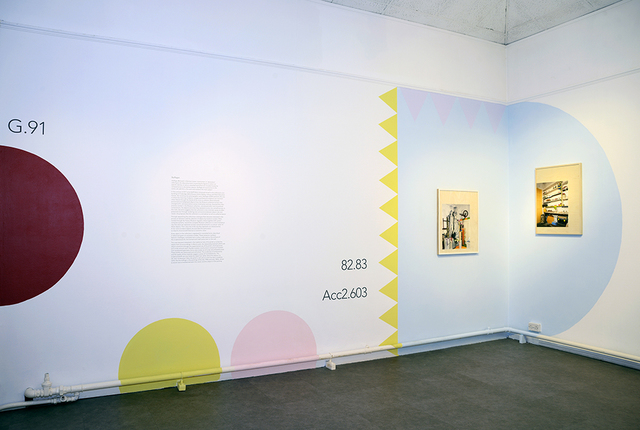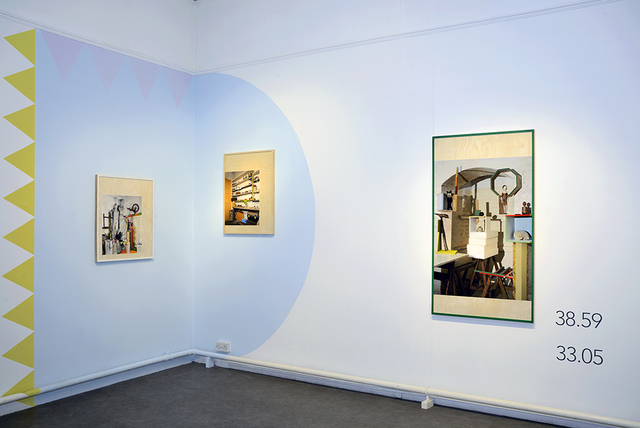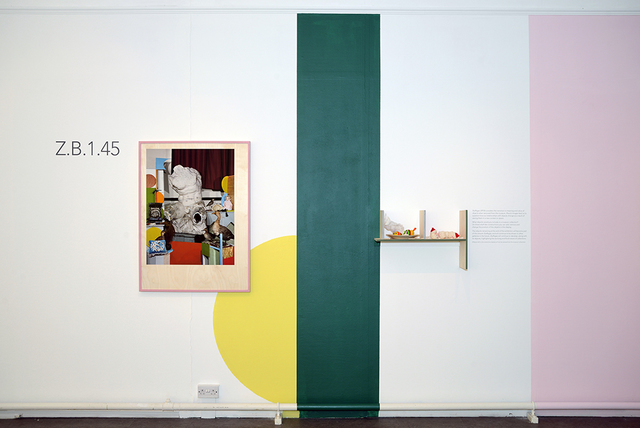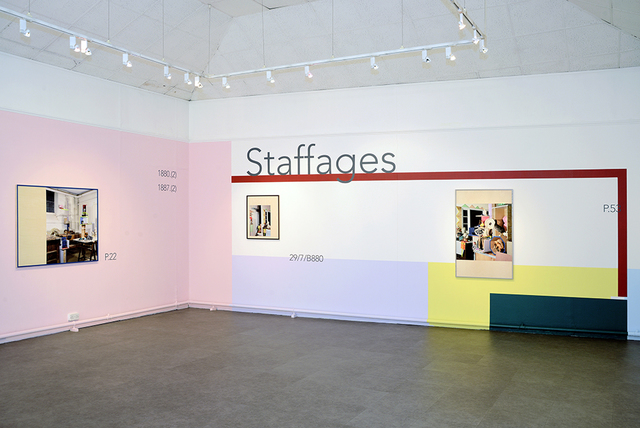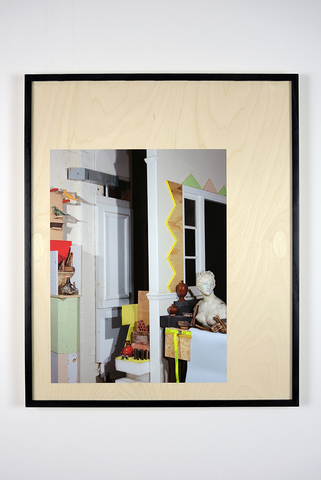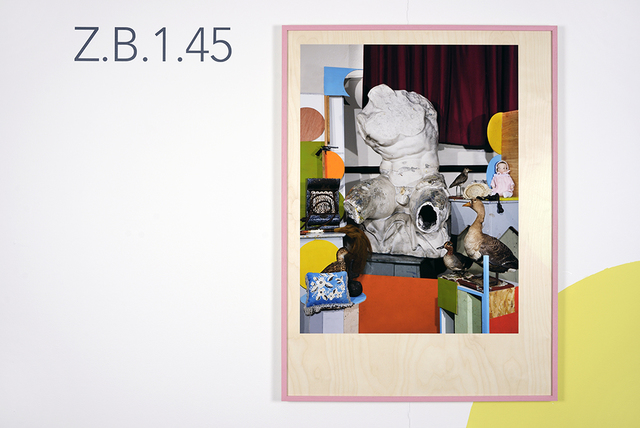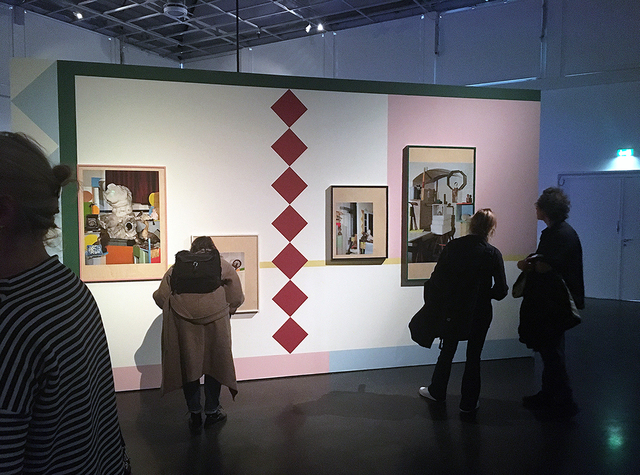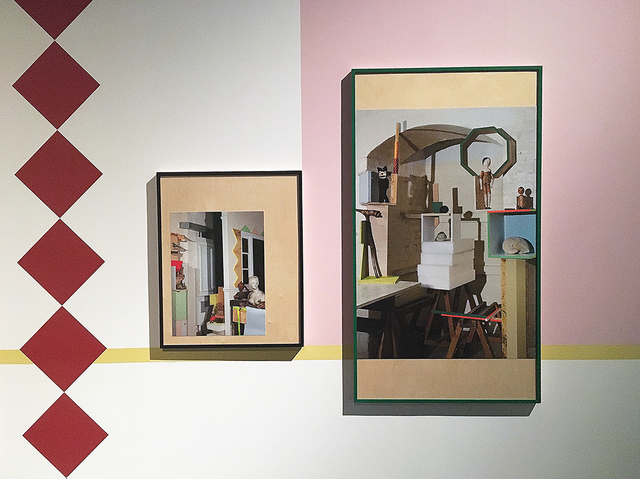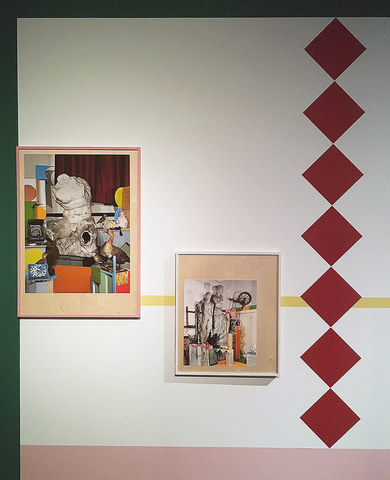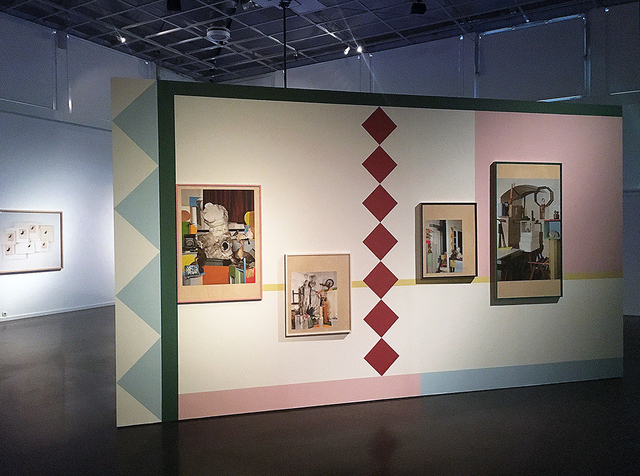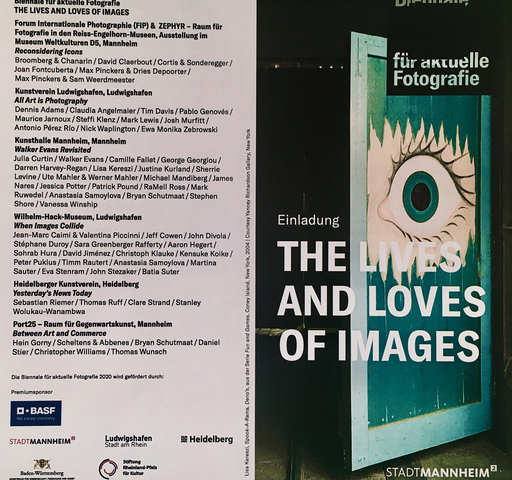The Biennale für aktuelle Fotografie takes place in the main exhibition halls of Mannheim, Ludwigshafen and Heidelberg. The biennial is characterized by the ideas of its internationally renowned guest curators, whose line-up changes every two years. Around 43.000 square feet of exhibition space provides room for a variety of current photographic positions and creates the framework to think about a medium that shapes our society like no other. At the same time, the manifold manifestations of photography are reflected in the variety of locations in which they are presented. An extensive educational program accompanies the exhibitions and promotes a lively exchange about photography.
Cultural organizers and supporters of the metropolitan region as well as national and international artists and partners work closely together to realize the Biennale für aktuelle Fotografie. It connects the three cities and their cultural institutions in an inter-city dialogue and has become a model for this cooperation nationwide.
Photography has come to symbolize the extremes of contemporary society. It is deeply personal and yet thoroughly public. Freeing at times yet also limiting. Expressive yet culturally dominant. Pleasurable, but worrying. There is affection for photography, but we are or ought to be suspicious of its power and manipulations. If we are dependent upon the photographic image, as so many have claimed over the last century, this dependence gives us mixed feelings.
Across three cities, six museums and an extensive programme of talks, discussions and workshops, The Lives and Loves of Images explores how these tensions shape our understanding and appreciation of photography. A series of exhibitions, each thematically distinct, considers the hold, good and bad which photographs have over us, viewers and image makers alike.

